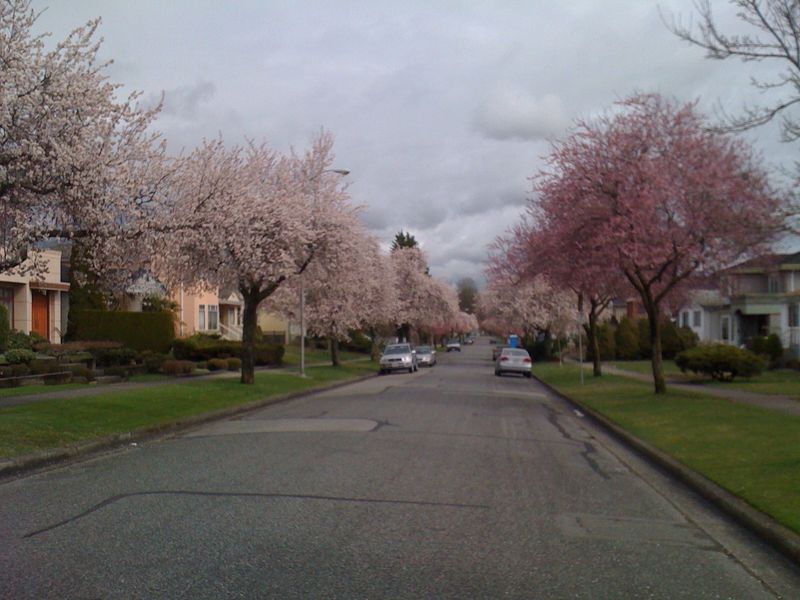Apr 5, 2022
Time and Cherry Blossoms
One of the most breathtaking experiences I’ve had in my life in Japan is a live performance of “Sakura Sakura”. The performance in Tokyo was led by martial artist and professional drummer Akira Hino. Before the concert opened, Hino Sensei’s students instructed the audience to think deeply about the song “Sakura Sakura” and told us the theater would be dark. We were to sing the two verses of the song a capella. And we were to sing continuously until the right moment when the star would appear on the stage. The first rounds were awkward and off-key but gradually, as we stood in the pitch black, our voices rose, some harmonizing. We sang uncountable rounds until the stage lights gradually glowed like a sunrise, and the Hino sensei was revealed at his drum kit where he put on a resounding drum solo to celebrate spring.
Although the tradition of hanami goes back to the Heian era, the song celebrating the cherry trees is not that old. It’s an Edo-era melody for children to play on the koto. The lyrics are simple and descriptive - Sakura sakura/ hill and dale and village, too / as far as the eye can see / is it mist or clouds / fragrant at sunrise / sakura sakura / flowers in full bloom. Every chance I get to touch a koto, I plink away until I manage this simple but lovely melody.
For me, cherry blossoms feel nostalgic. You might think, wait, but how does a foreign resident in Japan experience that natsukashii feeling that is so bound with Japanese culture? It goes back to my hometown of Vancouver, Canada where avenues on the south side of the city are lined with row after row of cherry trees.

My old Vancouver neighborhood in bloom
Vancouver’s fascination with Japanese cherry trees stretches back to the 1930s when the mayors of Kobe and Yokohama gifted trees to the city in remembrance of Japanese Canadian veterans. Later in the 1950s, the Japanese consulate brought hundreds more. Today, Vancouver has 40,000 cherry trees lining streets and gracing parks celebrated with the Vancouver Cherry Blossom Festival.
The cherry trees in the neighborhood in which I grew up were street trees - long evenly-spaced rows and pruned so that the branches would be laden with flowers. But in my first spring in Japan in a Shikoku country town, I was surprised to see so many pink and white blossoms dotting densely forested hills. They were not cultivated like the trees I remembered from home. I understood the lyrics of the song “Sakura Sakura” were literal - cherry blossoms on hills and in dales, in every direction I looked.
These days, I live in a small city in Chiba Prefecture where there aren’t many hills and dales. A vista here that comes close to that first experience I had is Shimizu Park in Noda City. It’s got some slopes where you can stand under the falling blossoms. The real star of the park is In front of the park’s temple, an antique cherry tree planted in the first year of the Meiji era.

The cherry tree planted in 1868
It’s gnarled and has some hollow, moss-covered bits of the trunk and the longer branches are supported by stout pillars. Every winter, I wonder if it will make it. After all, most horticultural guides I’ve read say that cherry trees aren’t especially long-lived, topping out at 30 years. Yet Japan has truly ancient ones that have survived millennia. They’re well-loved and require human intervention to keep them.
Every year, I marvel at the blossoms. They’re a springtime view that I can never get tired of. Here’s hoping that hoary old Meiji tree blooms again next year.



0 Comments